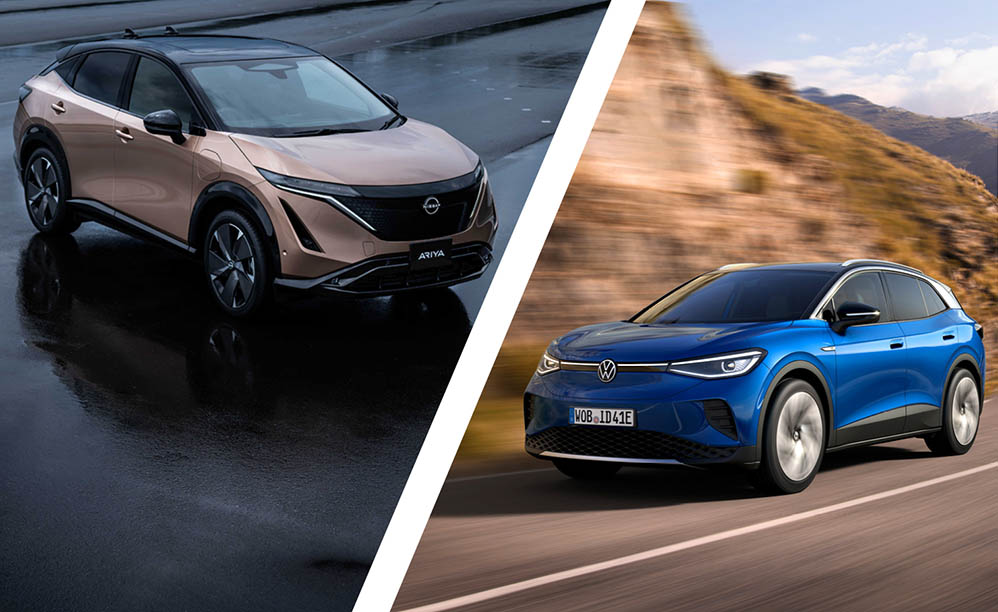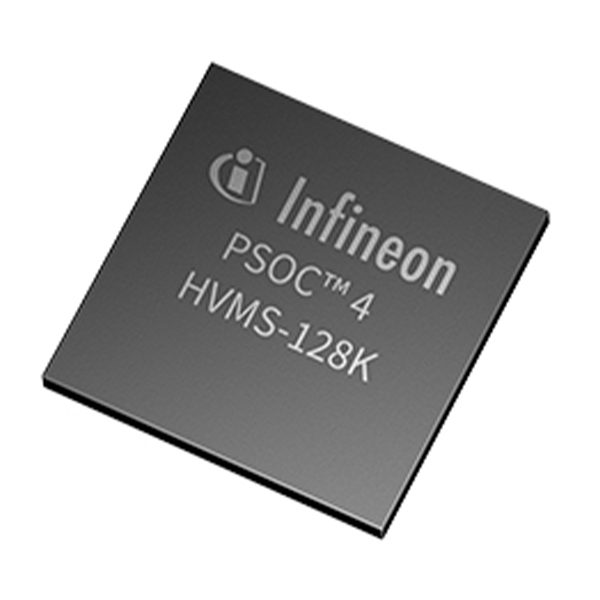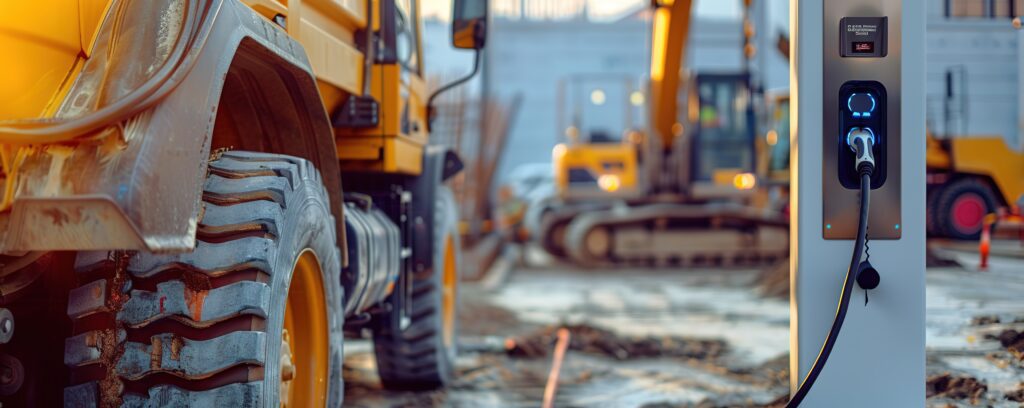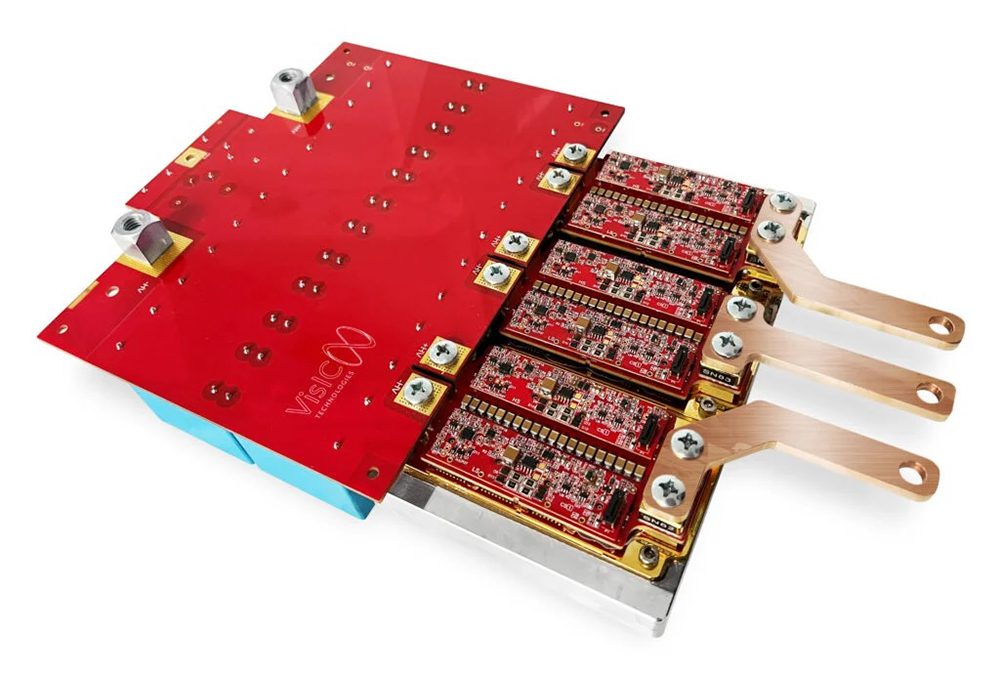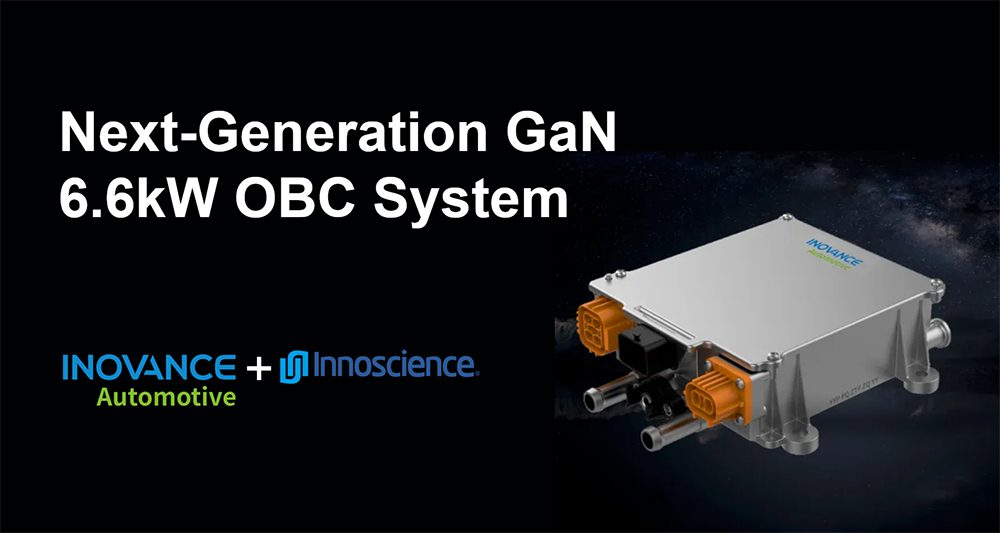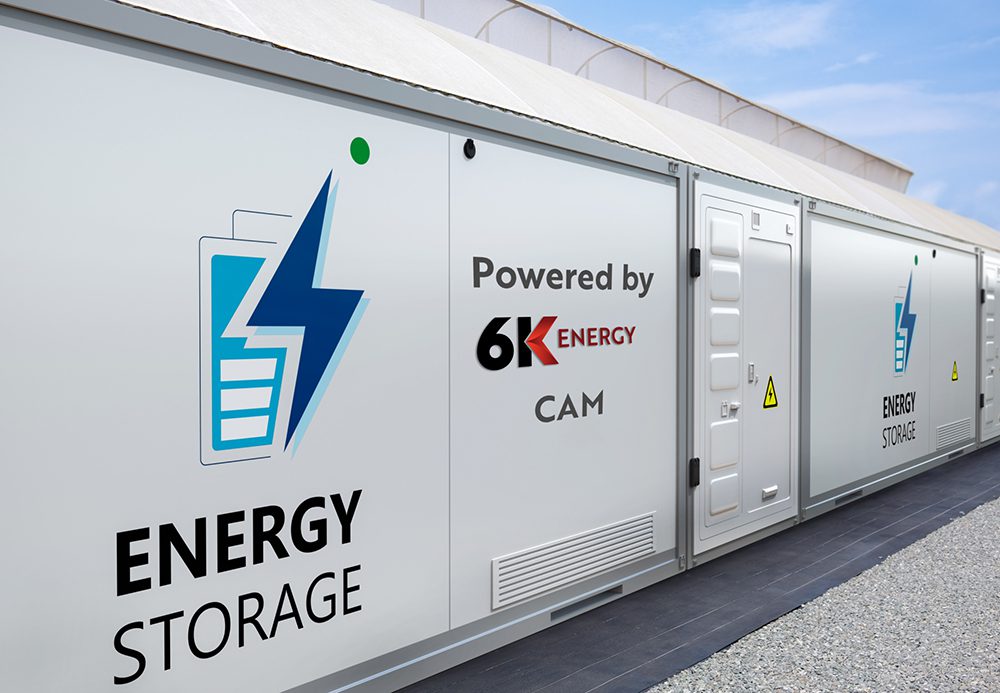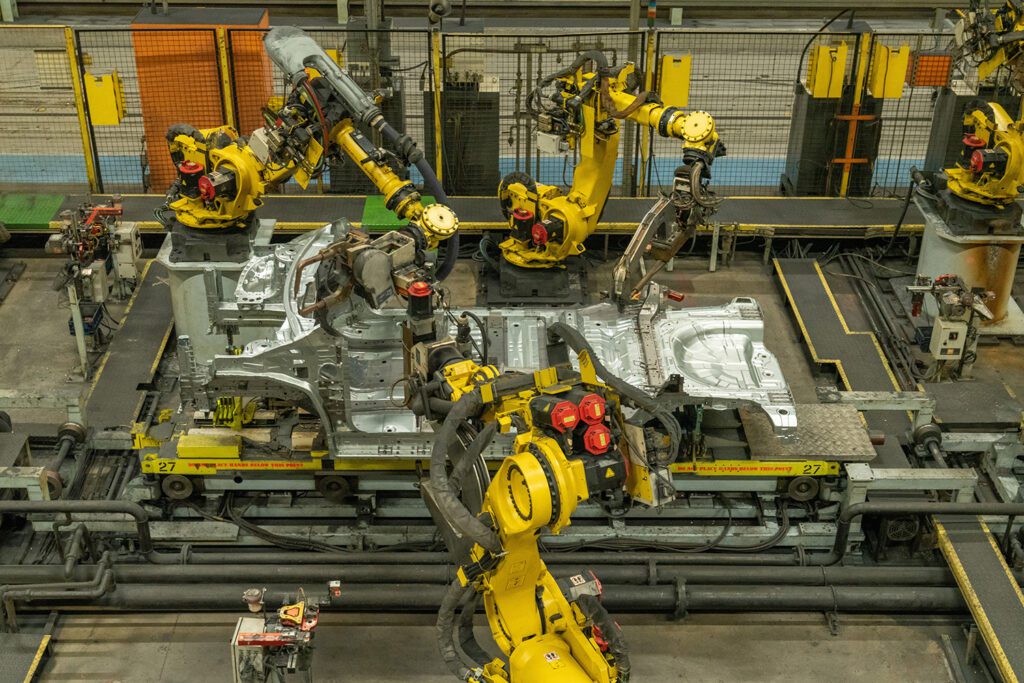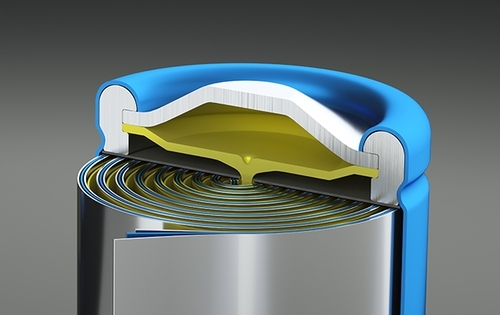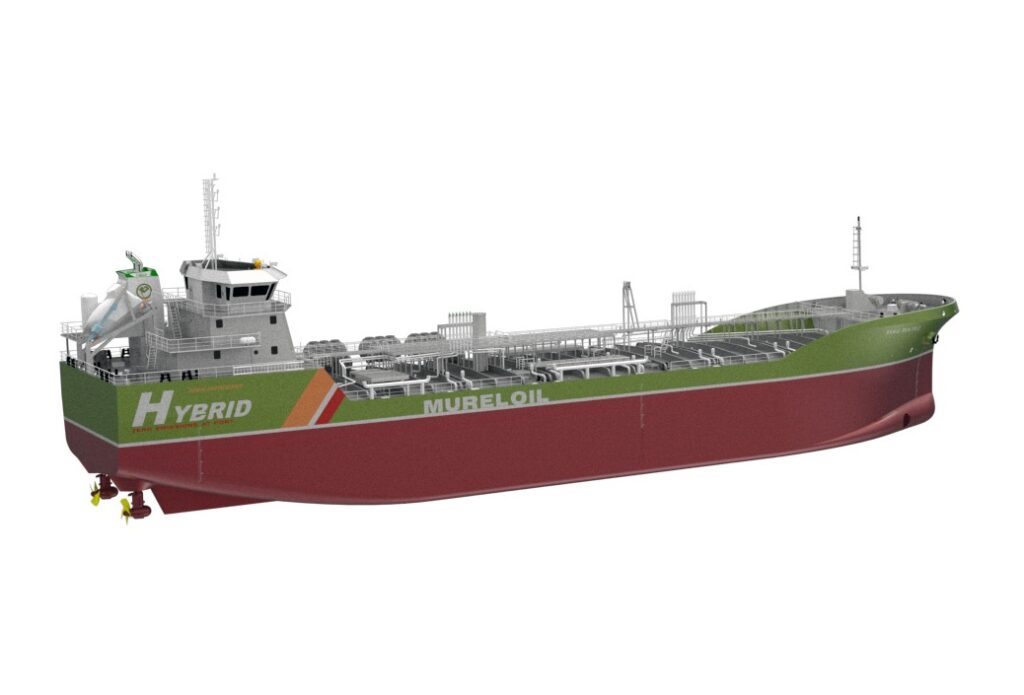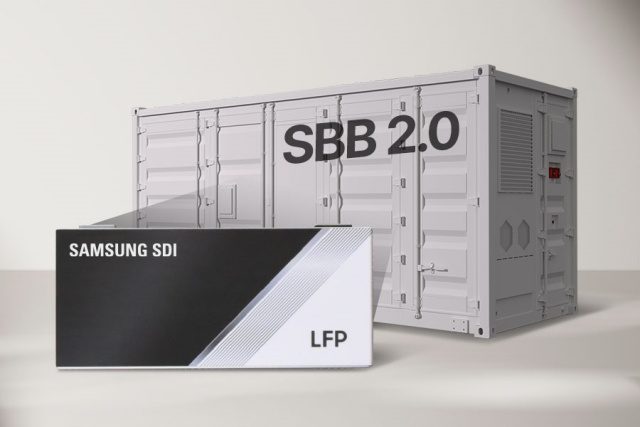Can new electric entries in a hugely popular segment convince US buyers to buy EVs from Nissan and VW as family vehicles?
Two new battery-electric models from major global car brands are about to bring electric cars into a category where they’ve been notably absent: family crossover utility vehicles. The 2021 Volkswagen ID.4 and 2022 Nissan Ariya will join the Tesla Model Y that’s already on sale to bring EV transport to tens of thousands of new US buyers who’d never consider a compact hatchback for a family car. At least, that’s the goal.
The VW ID.4, recently unveiled globally after months of leaks, is already in early production in Zwickau, Germany. It will be exported to the US for roughly two years, until it goes into production at the Volkswagen plant in Chattanooga, Tennessee, which now builds larger VW crossover models.
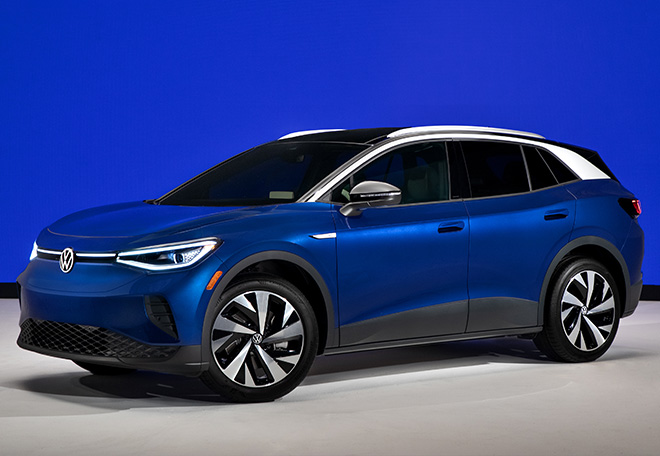
The Nissan Ariya, which made its global debut in July, will be built only in Japan. It will serve as Nissan’s “halo” car, the first of many vehicles on all-new battery-electric underpinnings to be shared by Nissan and its partners Renault and Mitsubishi.
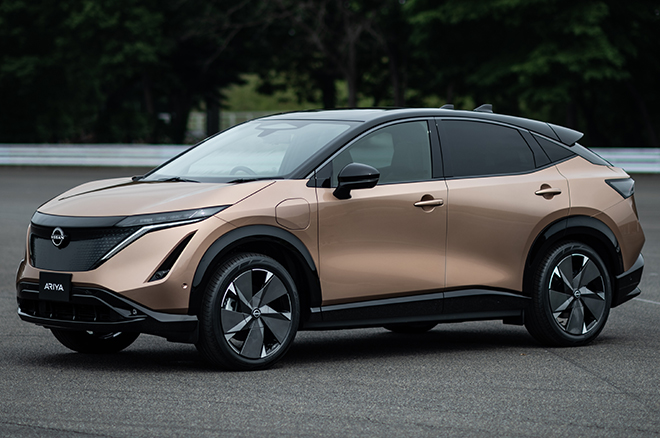
The Tesla Model Y, also a five-seat crossover, went on sale early this year. Other entries in the segment include the 2021 Ford Mustang Mach-E, which is to go on sale within months, and future models from Hyundai, Kia, and probably a few General Motors brands.
Why crossovers matter
Compact crossover utility vehicles have become the default vehicle choice for couples and small families. They’re roughly as popular as full-size pickup trucks, and have supplanted sedans and wagons in driveways and parking lots all over the US. Since they first launched in the mid-1990s, crossovers have brought the advantages of larger, truck-based sport-utility vehicles (SUVs) to vehicles built on car platforms—giving them better handling, more comfortable rides and competitive fuel economy.
With five seats, a capacious load bay, optional all-wheel drive, and a high seating position, these crossovers are practical, affordable, and hugely popular. Four million were sold to US drivers last year, and the average price paid for one in August was $30,263, according to sales transaction data collated by Kelley Blue Book.
Multiple makers, led by Tesla, see five-seat crossovers as the way to bring mass-market buyers to EVs. Offer a familiar type of vehicle, with a more spacious cabin than its gasoline equivalent, the same cargo space, and more than 200 miles of range, and car shoppers will start to consider a car that plugs in—which they wouldn’t when the only EV available was a hatchback.
Or so goes the argument.
Volkswagen ID.4: VW’s most important new EV
Among automakers, the Volkswagen Group has by far the most aggressive goals and highest volumes planned for the dozens of electric models it will launch under multiple brands by 2025.
The new crossover EV is the linchpin of that strategy—the company says it will sell half a million ID.4 electric crossovers a year by 2025, fully one third of the 1.5 million EVs it expects to deliver annually. It will be built not only in Germany and the US, but also in China.
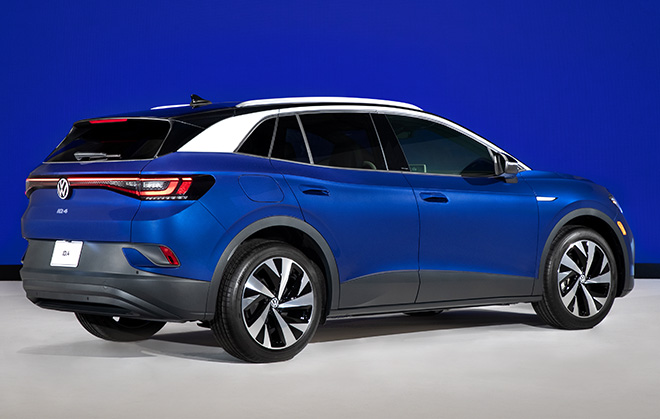
In previews for media held in September, VW of America executives underscored their belief that the ID.4 can compete head-to-head with the most popular compact crossovers in the country. Those include the Ford Escape, Honda CR-V, Nissan Rogue, Subaru Forester and Toyota RAV4.
Volkswagen believes the ID.4 will sell on its merits: the company’s internal tests show the electric utility is faster, quieter, and handles better than the most popular gasoline entries. Asked if the ID.4 would cannibalize sales of its own compact crossover with a combustion engine, the VW Tiguan, VWoA CEO Scott Keogh suggested it would bring new buyers to VW, including drivers of vehicles like the Subaru Forester—which comes from a brand that lags significantly in EV offerings.
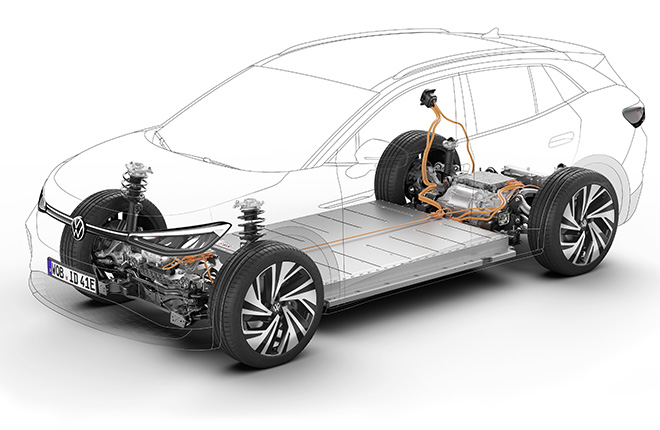
For US buyers, the 1st Edition launch version of the VW ID.4 will feature an 82-kilowatt-hour liquid-cooled battery pack, a 150-kilowatt (201-horsepower) motor producing 228 pound-feet of torque that drives the rear wheels, and an estimated EPA range of 250 miles. It will offer towing capacity of 2,700 pounds, an important capability for some buyers—though towing will cut into range substantially.
All-wheel drive will arrive during 2021 as an option for ID.4s in the US, with a second motor rated at 75 kW (101 hp) to power the front wheels. VW did not comment on projected EPA range for the AWD version.

All versions of the car will offer DC fast charging at up to 125 kW through a CCS connector. Just two days before the ID.4’s global launch, Volkswagen announced it would provide ID.4 buyers with three years of unlimited fast charging on the Electrify America nationwide network. How well the EA network will function for drivers new to EVs as ID.4 sales accelerate in 2021 remains to be seen; the ease of use and ubiquity of the Tesla Supercharger network is a high standard to match.

For simplicity, only seven basic build configurations of the ID.4 will be offered to US buyers. All versions will include adaptive cruise control, lane centering, and a variety of other advanced electronic safety and infotainment systems. VW says more than 90 percent of its 650 US dealers have signed up to offer the ID.4.
Prices for the low-end Volkswagen ID.4 Pro will start at $39,995 before national, state and local incentives. (VW says that in two years, once localized ID.4 production starts in Chattanooga, the base price will fall to roughly $35,000.) A $399 monthly lease is also available with a $3,300 down payment for buyers driving only 10,000 miles a year.
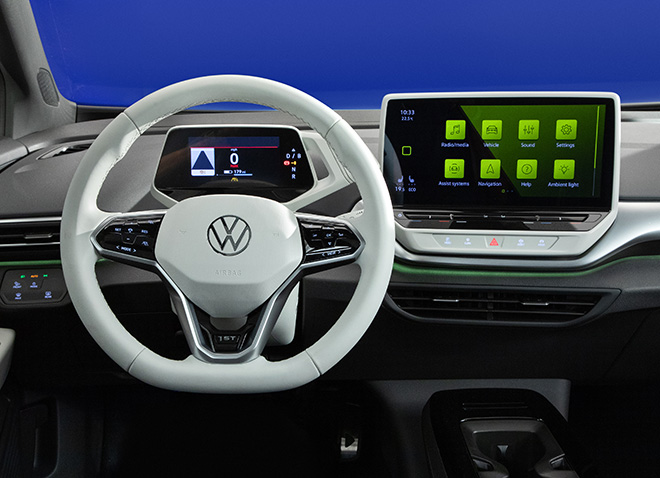
Once a $7,500 federal tax credit, state purchase incentives, and savings from driving on electricity versus gasoline, are factored in, VW says the effective price of an ID.4 can fall below $30,000—making it competitive with the high-volume crossovers.
Whether buyers do the math that way remains to be seen
Ariya: Nissan’s Take 2 on EVs
It’s been almost 10 years since the first Nissan Leaf electric car rolled off the production lines in October 2010. In July, the Leaf’s successor was formally revealed.
It’s the 2022 Nissan Ariya (pronounced “aria”), a compact crossover utility vehicle with a promised 300 miles of range in at least one version, available all-wheel drive, and the lines of a sleek SUV.
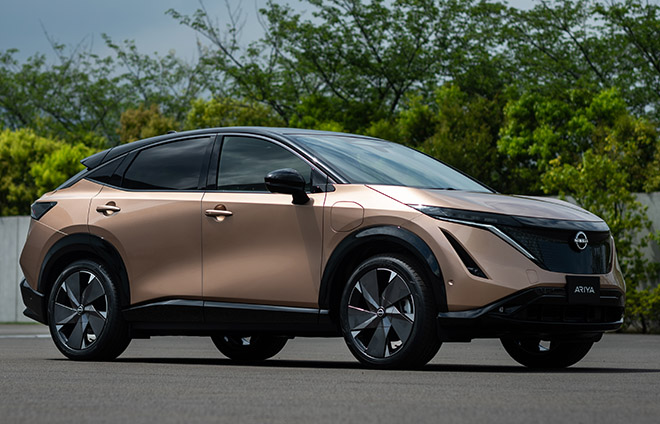
First previewed by a patent filling in April 2019, the Ariya Concept broke cover at the Tokyo Motor Show in October 2019. For a concept vehicle, it looked remarkably ready for production, including actual door handles and real side mirrors—two things often missing from concept cars. It had very large, very extravagant wheels, but that was about it. Indeed, the production car is all but identical.
Nissan says the Ariya will be offered with two battery capacities in the US: 65 and 90 kilowatt-hours. Both packs are liquid-cooled, meaning Nissan has learned its lesson about battery durability after using passive air cooling in the half-million Leafs it has built over the past 10 years.
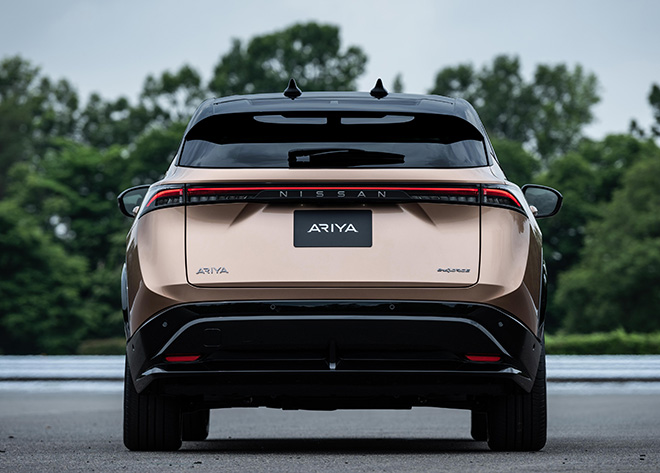
While the Ariya won’t reach North America until late in 2021, Nissan has taken the unusual step of estimating its EPA range ratings already. The smaller 65 kWh pack will be rated at 210 miles or more in front-wheel-drive form, Nissan says, and at least 200 miles with all-wheel drive (which Nissan labels e-4orce). The larger 90 kWh pack will deliver 300 miles in FWD form, and 270 miles with AWD.
As for charging, the Ariya will use the Combined Charging System (CCS) standard in North America, in both 125 and 350 kW versions. That means Nissan will walk away from the CHAdeMO system it pioneered in the US, although that will remain the charging standard for Ariyas sold in certain Asian markets.

The company will pitch performance as one of the Ariya’s main attractions—the high-spec AWD 90 kWh model will accelerate from 0 to 60 mph in 4.8 seconds. Expect to see that compared to the same specification for Nissan’s legendary Z car, which goes from 0 to 60 in 4.7 seconds.
US pricing for the 2022 Nissan Ariya will start “around $40,000,” according to company officials.
Compact footprint, mid-size cabin
While the Ariya looks big, it’s actually shorter than either the Ford Mustang Mach-E or the Tesla Model Y. It’s the length of the Nissan Rogue conventional crossover, but the company says it’s a compact vehicle with mid-size cabin space—making it “the most spacious vehicle in the class,” according to Nissan.
That’s possible thanks to a short nose and a long cabin, the same formula used by the far pricier Jaguar I-Pace. Like the Volkswagen ID.4, the Ariya has no front trunk under the hood. But by putting all the cabin heating and air-conditioning gear under there—along with a drive motor and power electronics—Nissan avoided having to connect the console between the seats to the dash. The resulting open area, it says, adds to the cabin’s sense of spaciousness.
The interior has a big 12.3-inch landscape touchscreen display stretching from behind the steering wheel to the center of the dash. Nissan has largely eliminated physical buttons, except for a knob that lets users alter vehicle settings and use the infotainment system. Climate controls are touch-sensitive icons with haptic feedback at the bottom. Tesla can pull that off—can Nissan?
Electronic systems are a necessity, and the Ariya will recognize each driver’s smartphone and adjust presets for that individual. The new EV will also pioneer the next generation of the company’s ProPilot driver-assist technologies.
A slew of coming crossovers
Ten years into the electric-car transition, a few things have become clear.
- More than 200 miles of range is the price of entry, and a 300-mile version is probably needed to reassure nervous shoppers and attract attention;
- Fast charging at 125 kW is the minimum for the next few years, and 350 kW charging is coming on quickly;
- $40,000 is the entry price point for an EV crossover, but it still takes convoluted math to produce an “effective price” that’s as low as the highest-selling entries; and
- Electric pickup trucks may get the buzz, but compact crossovers are where automakers see EV volume coming.
Tesla offered the first entry in the electric compact crossover segment, but unlike its other vehicles, the Model Y has less than a year of lead time on competitors such as the Ford Mustang Mach-E and the Volkswagen ID.4. Nissan has chosen to sell the Ariya first outside North America—the US won’t get its electric SUV until the 2022 model year.
Today, no large global maker can offer the mix of long range, seamless fast charging and general cool factor that Tesla does. Will any of them be able to catch and surpass Tesla in this crucial volume segment? It will be a fascinating fight to follow.




